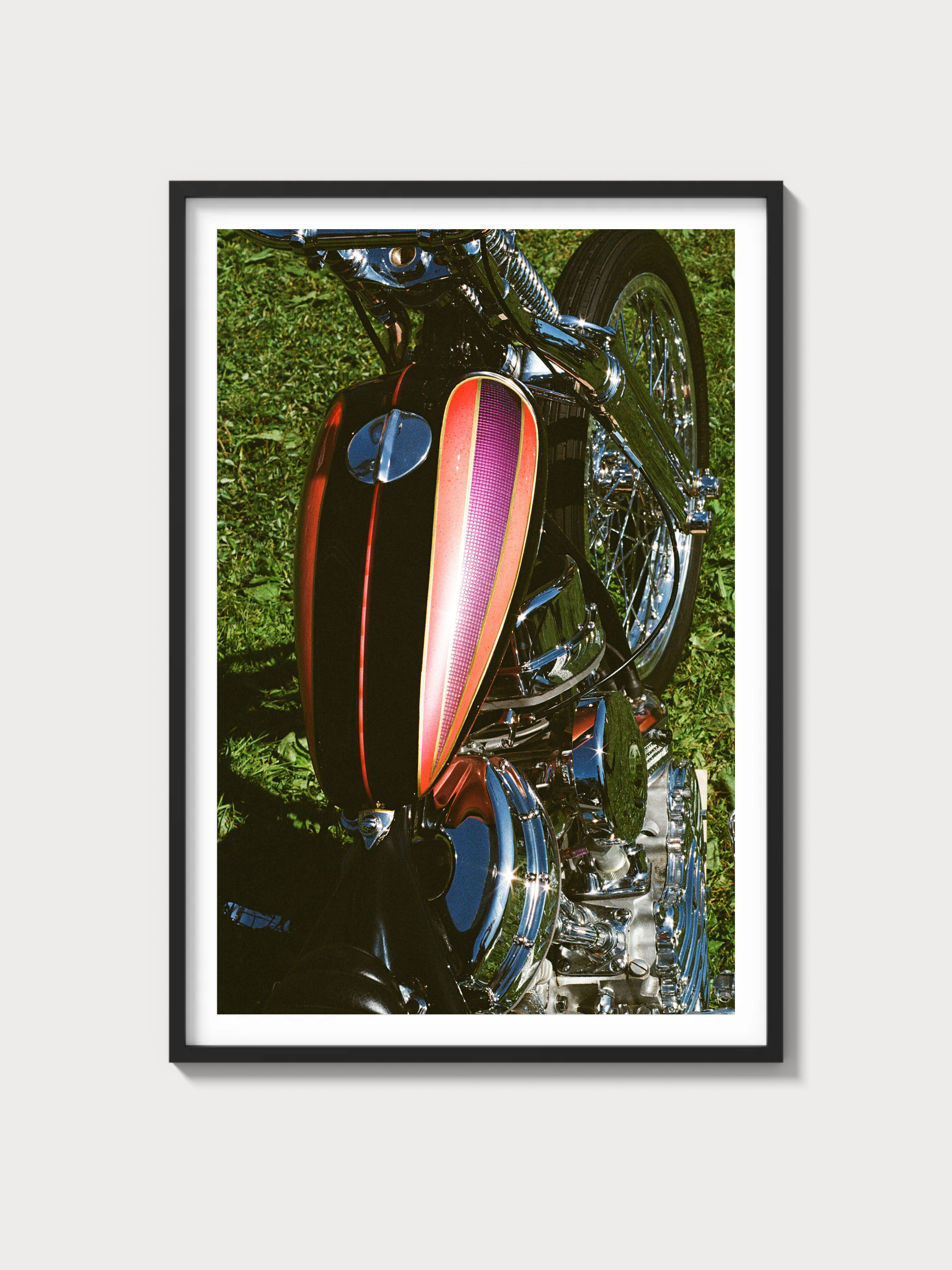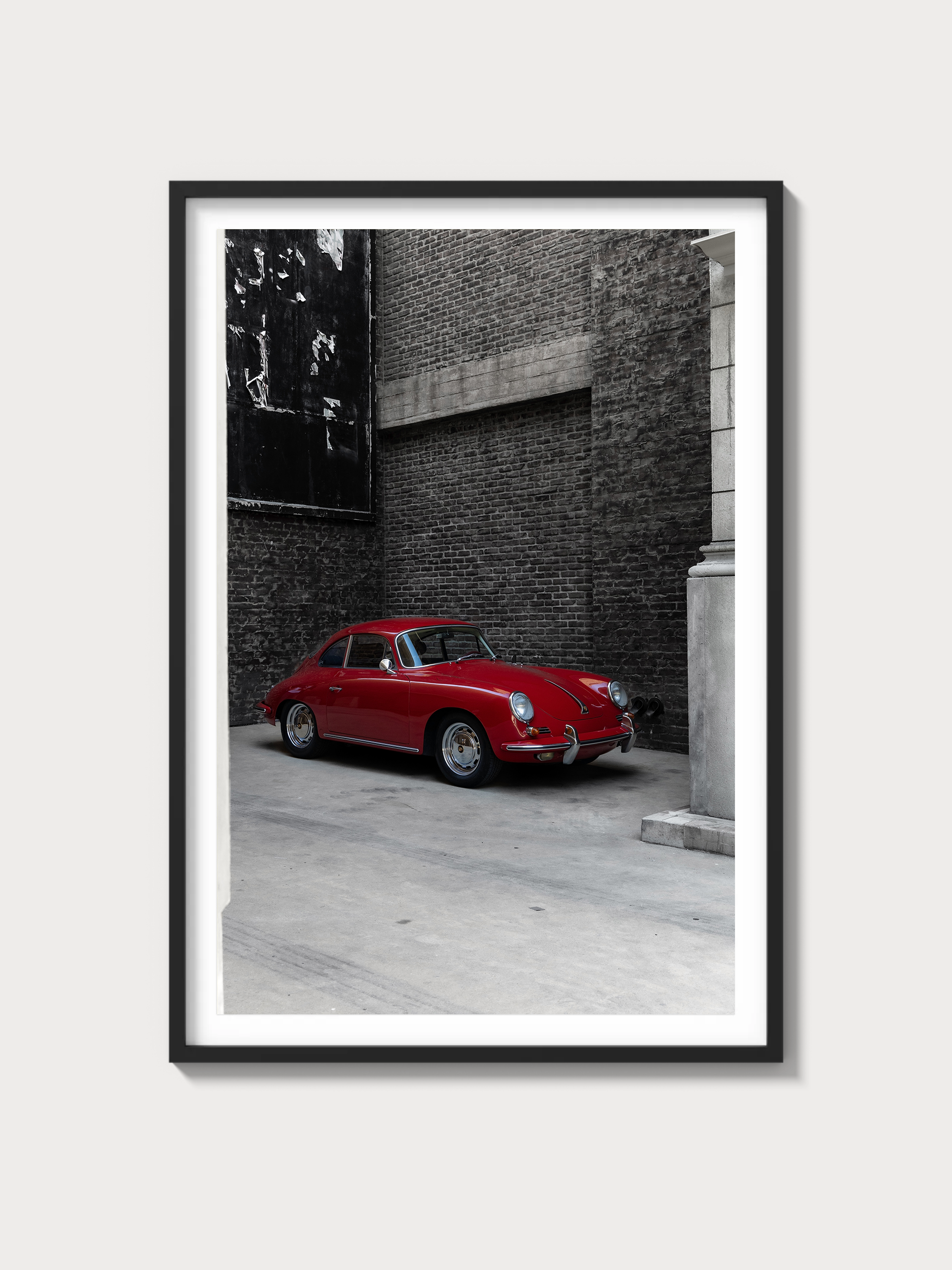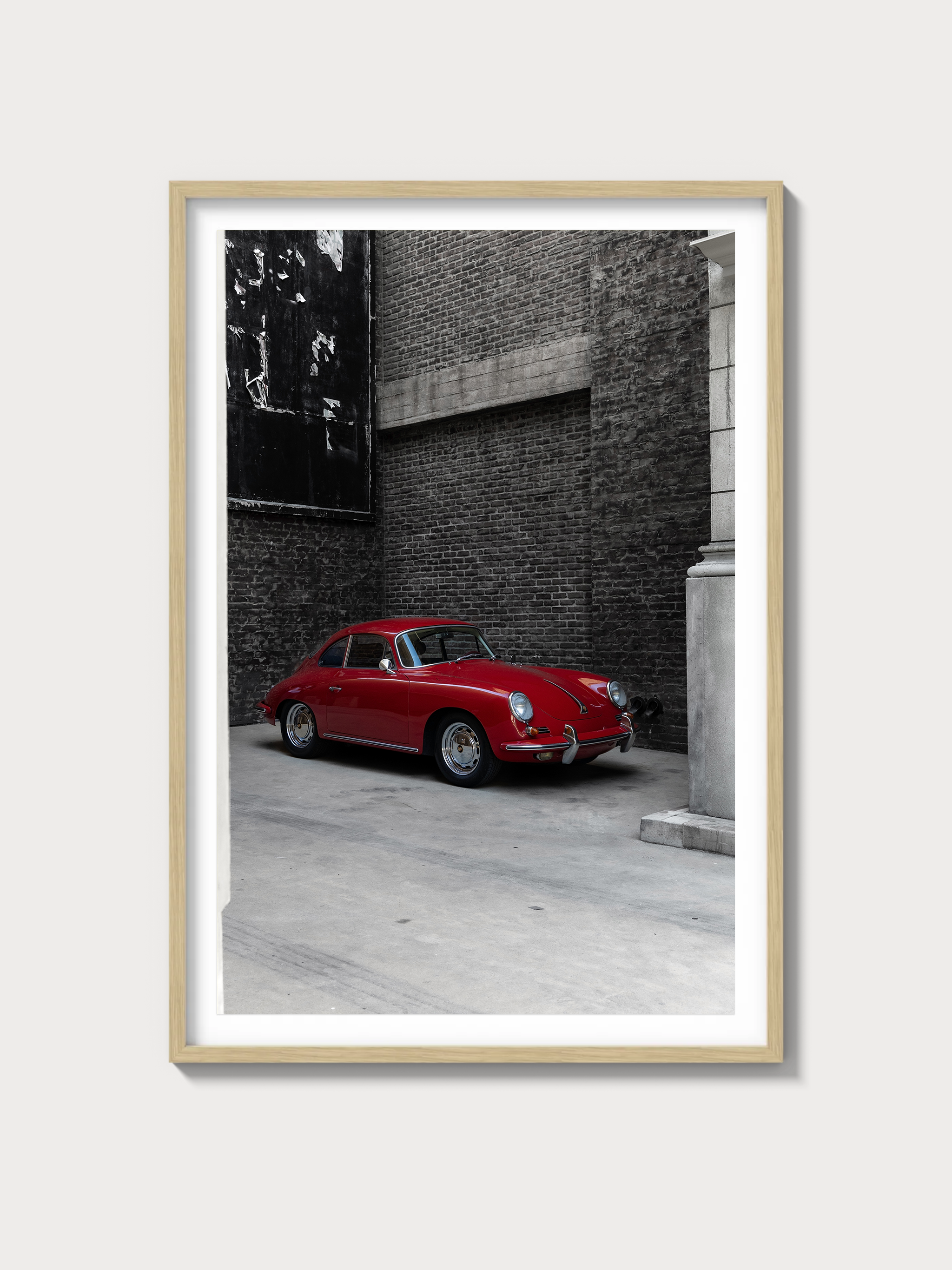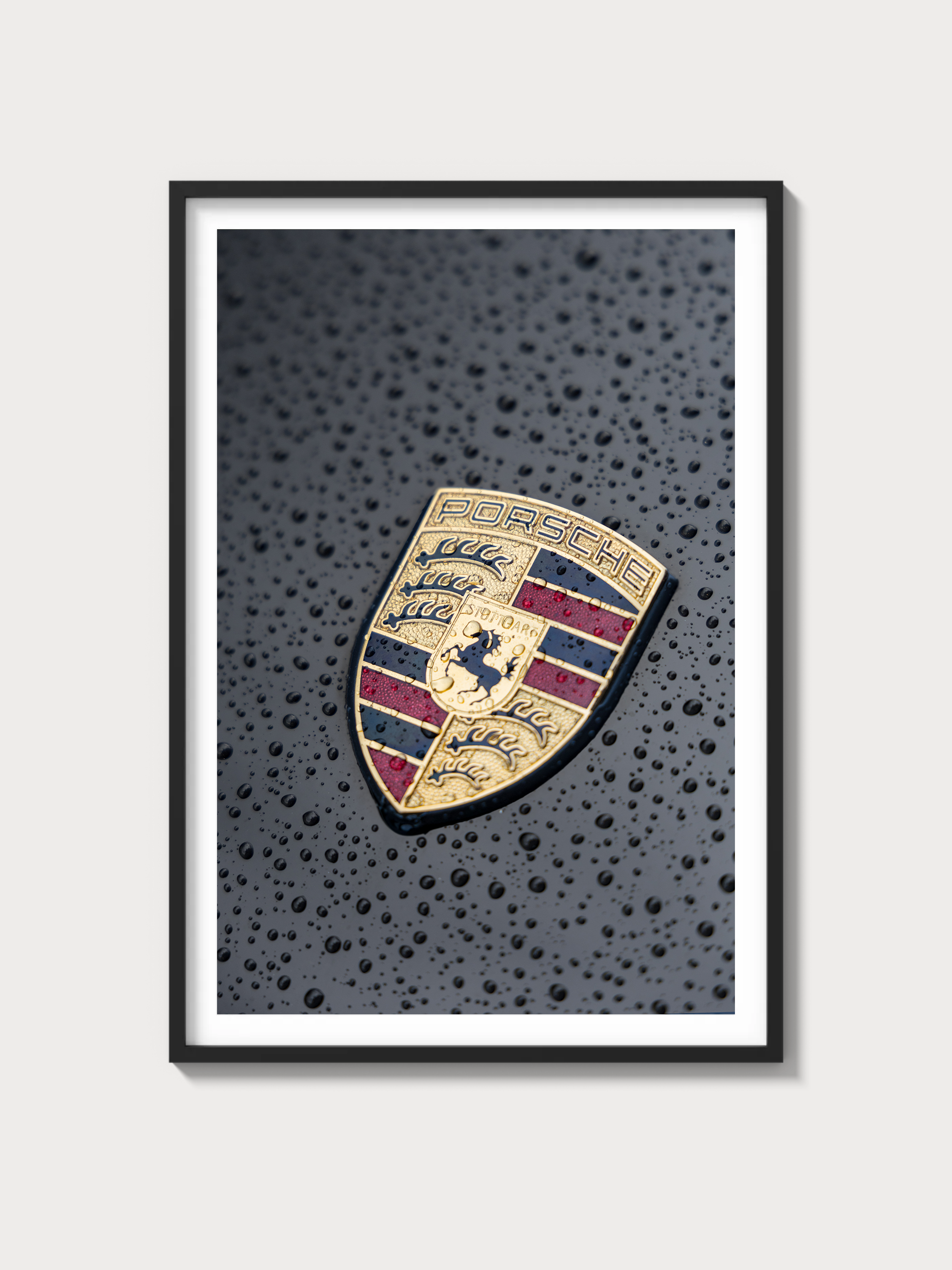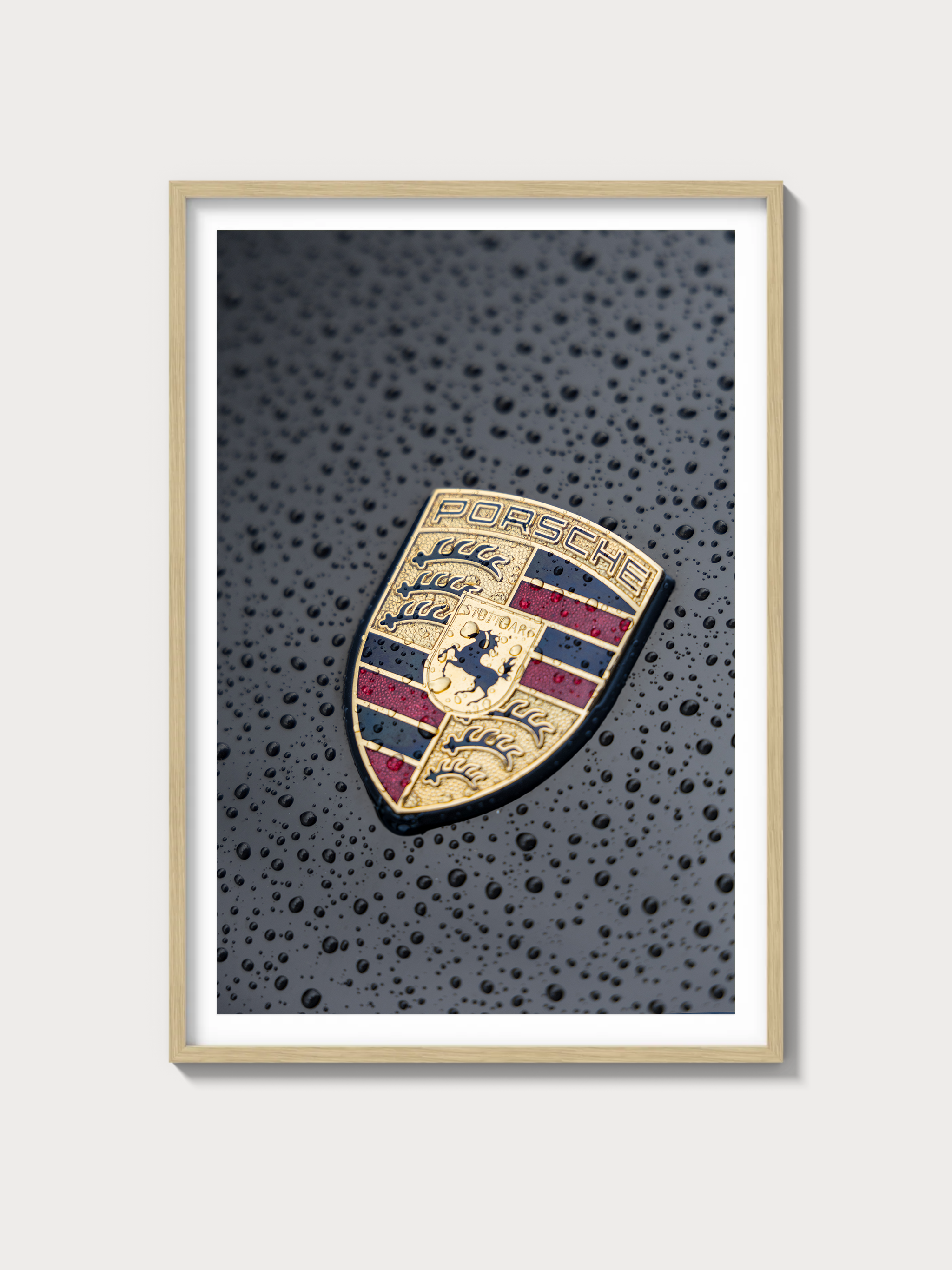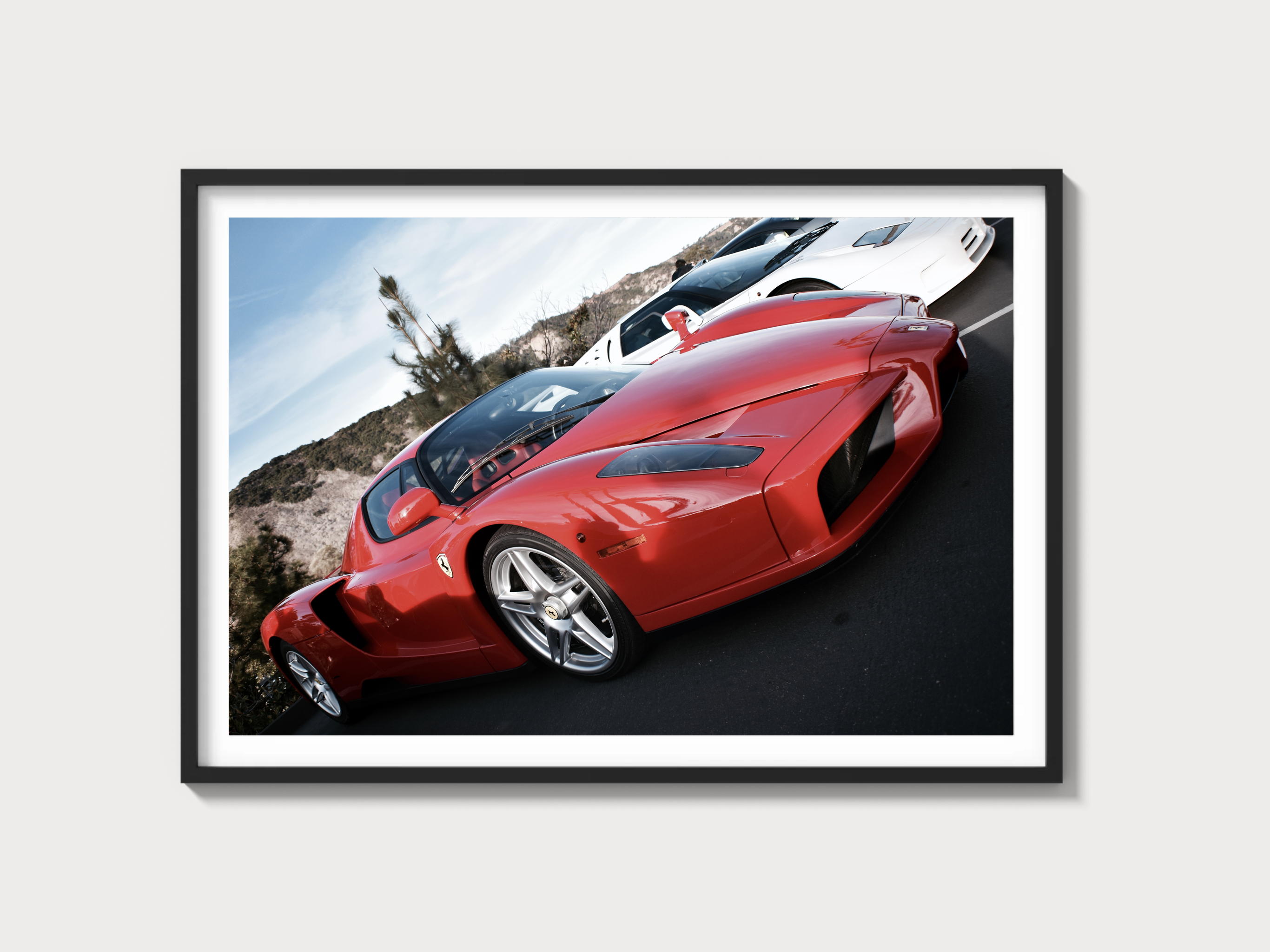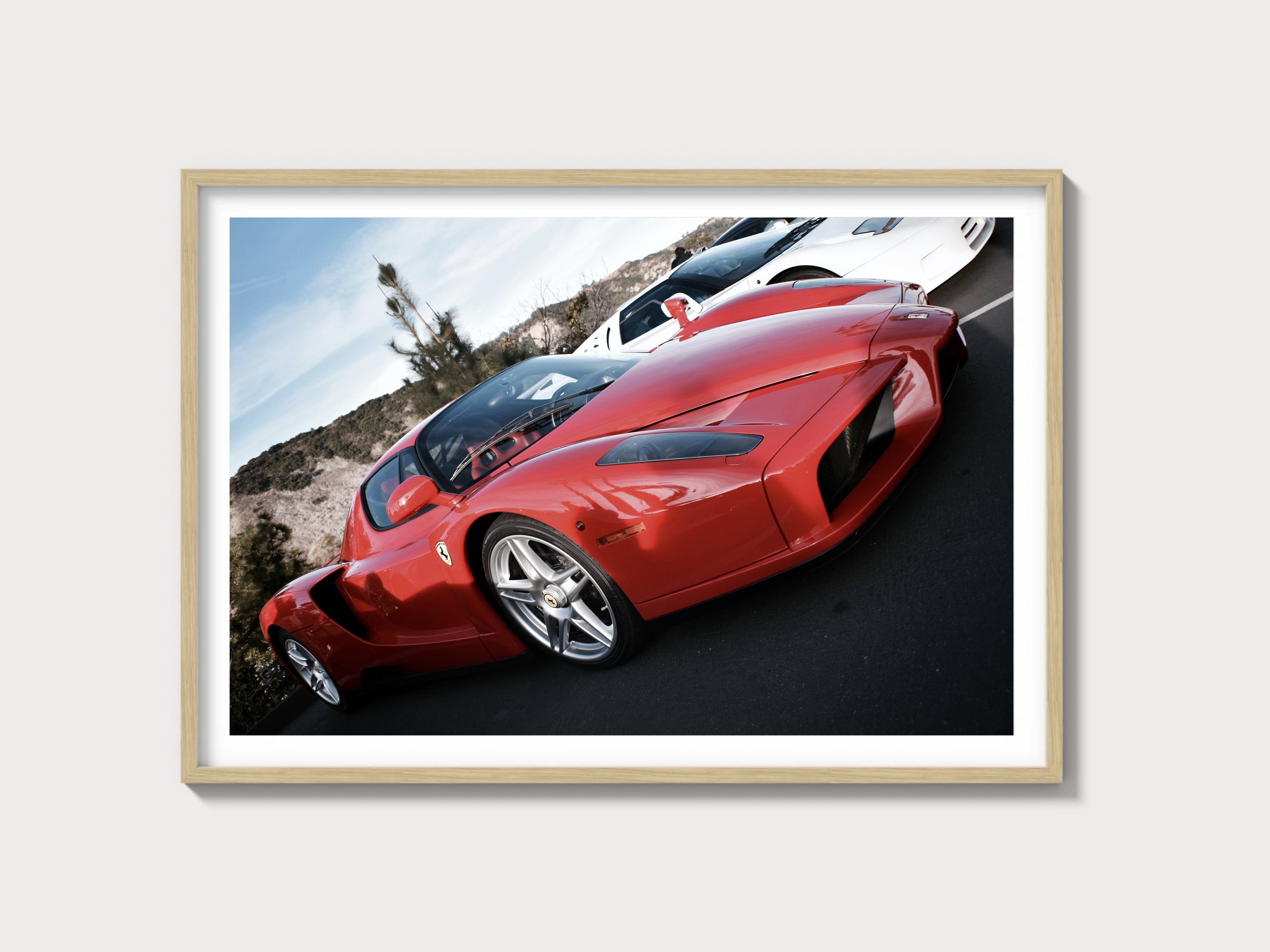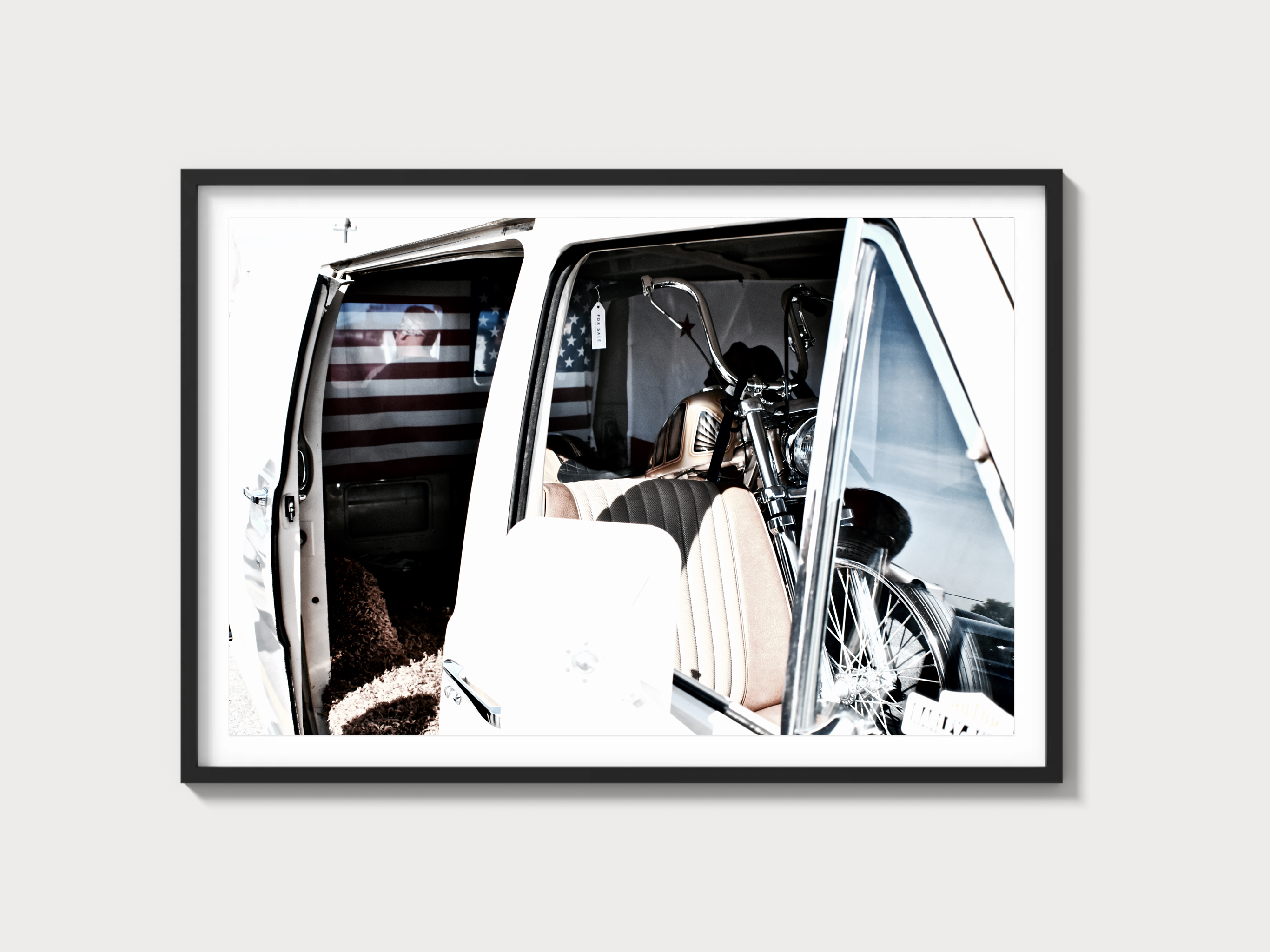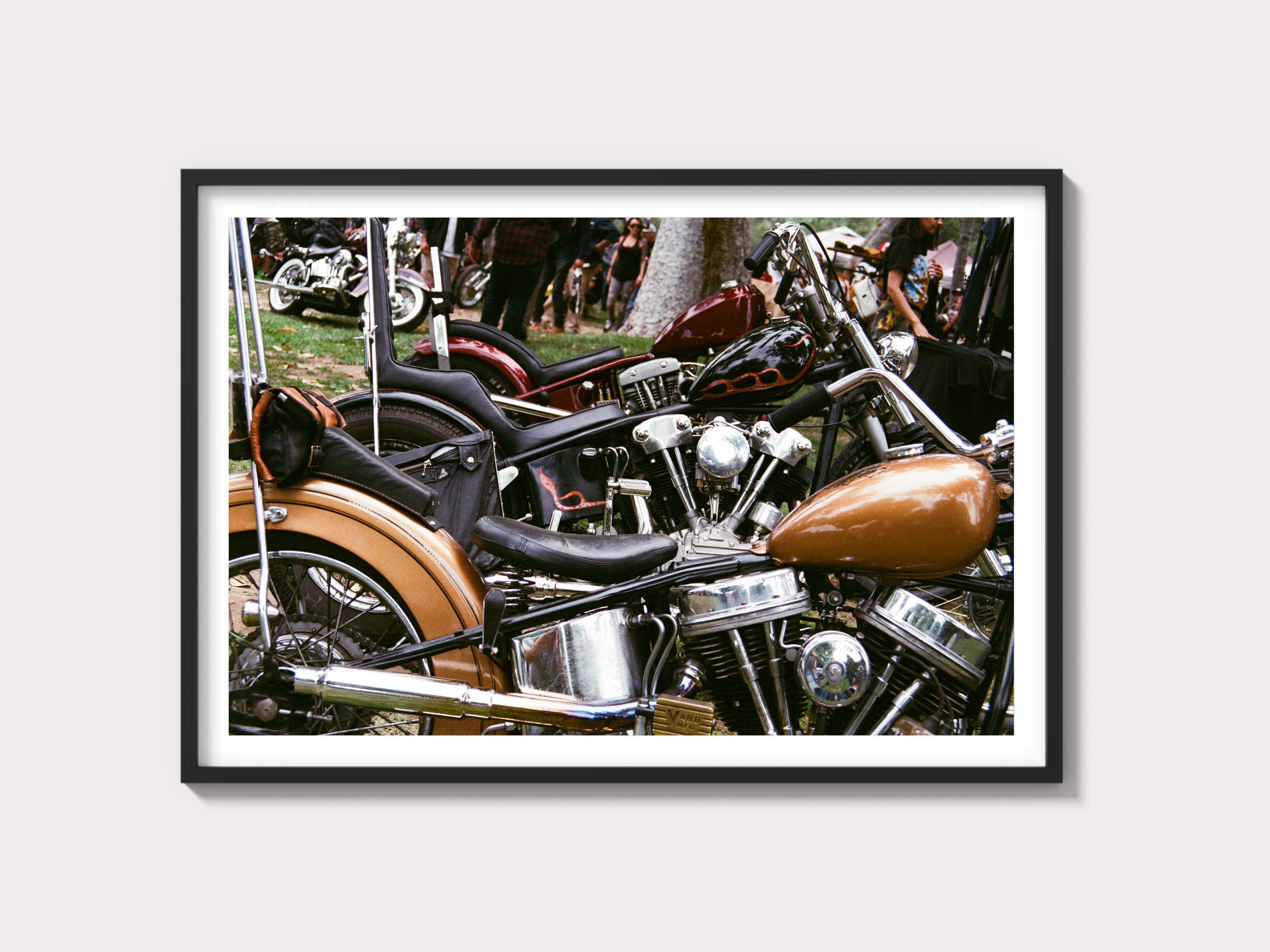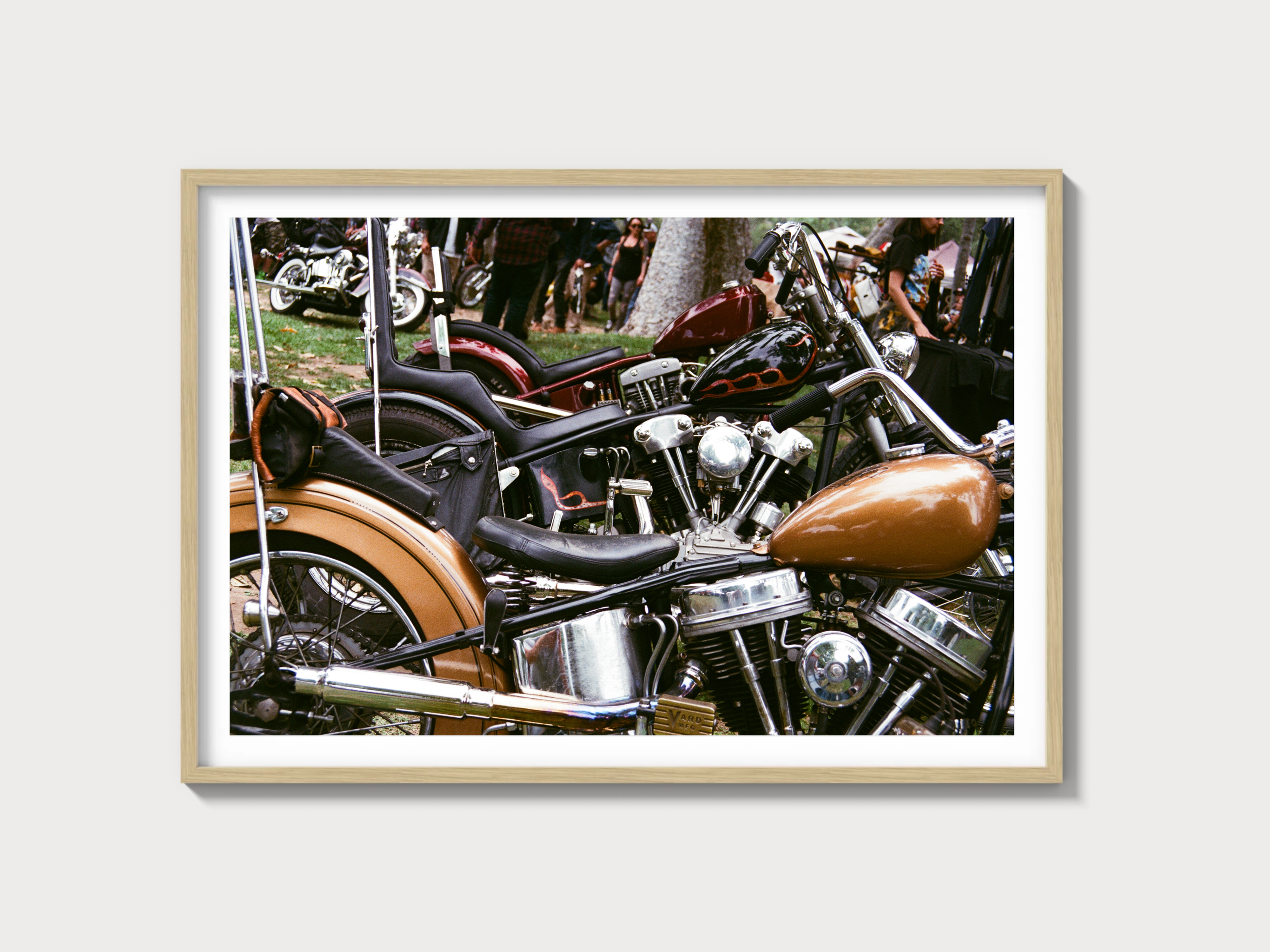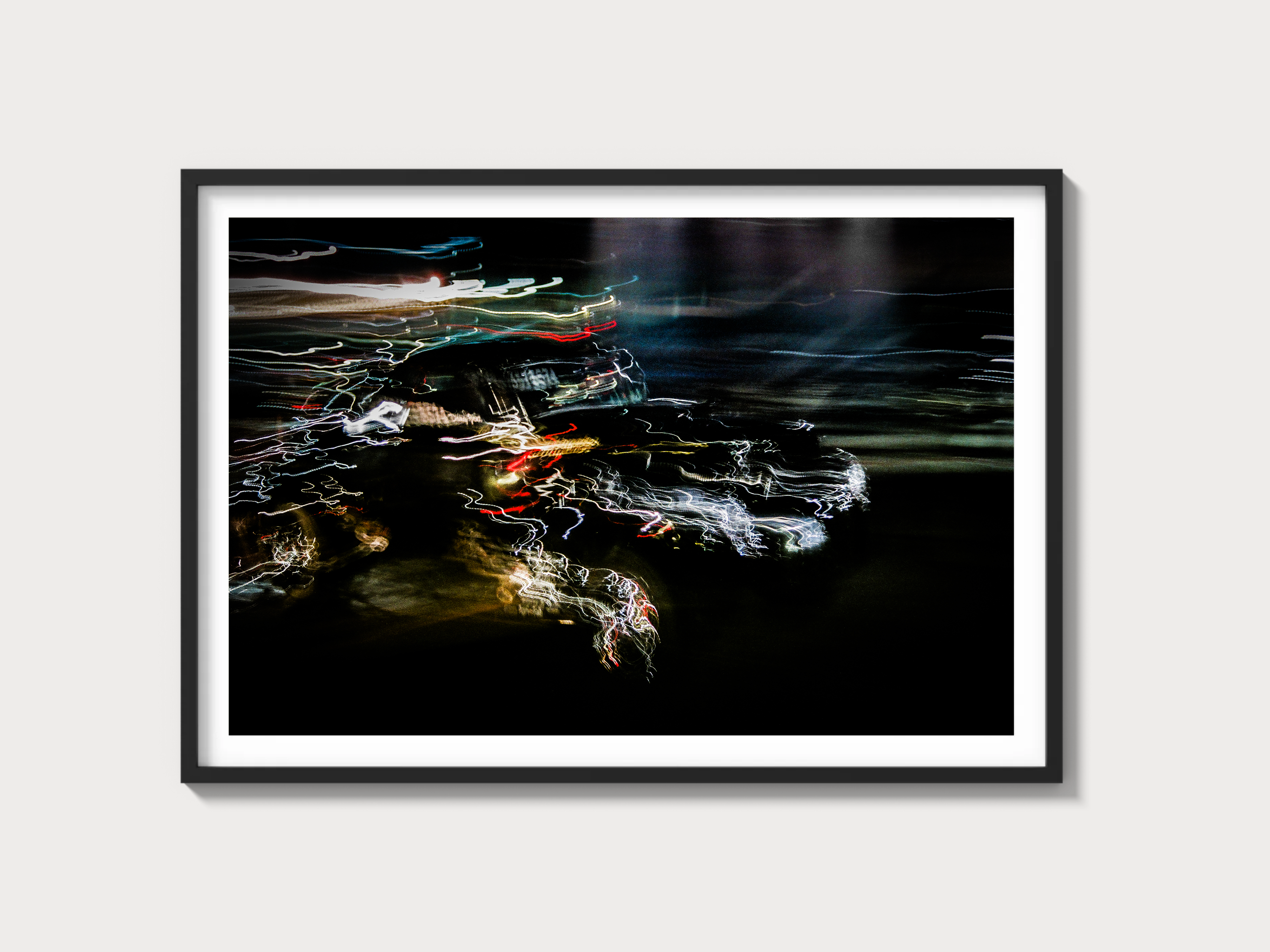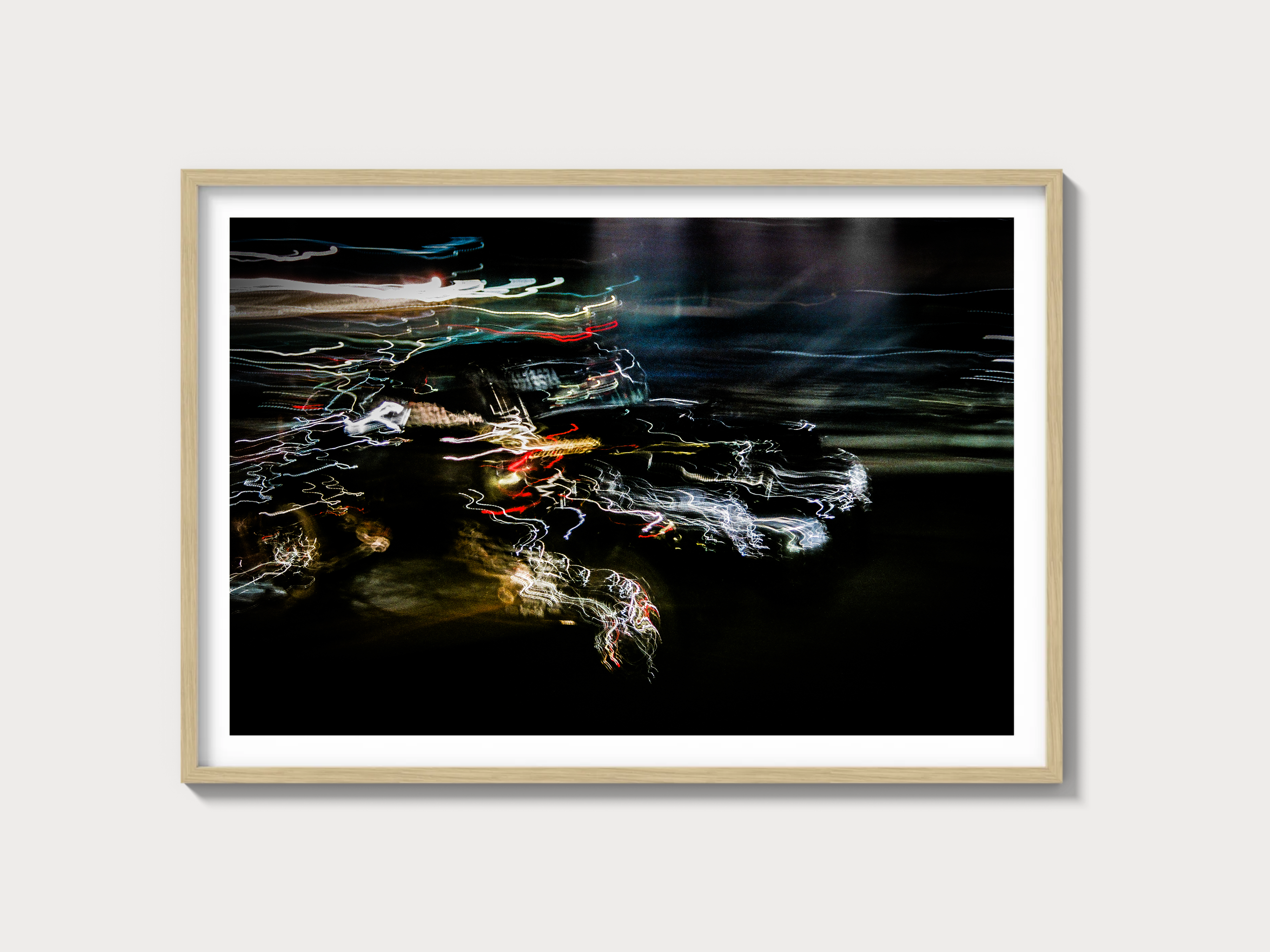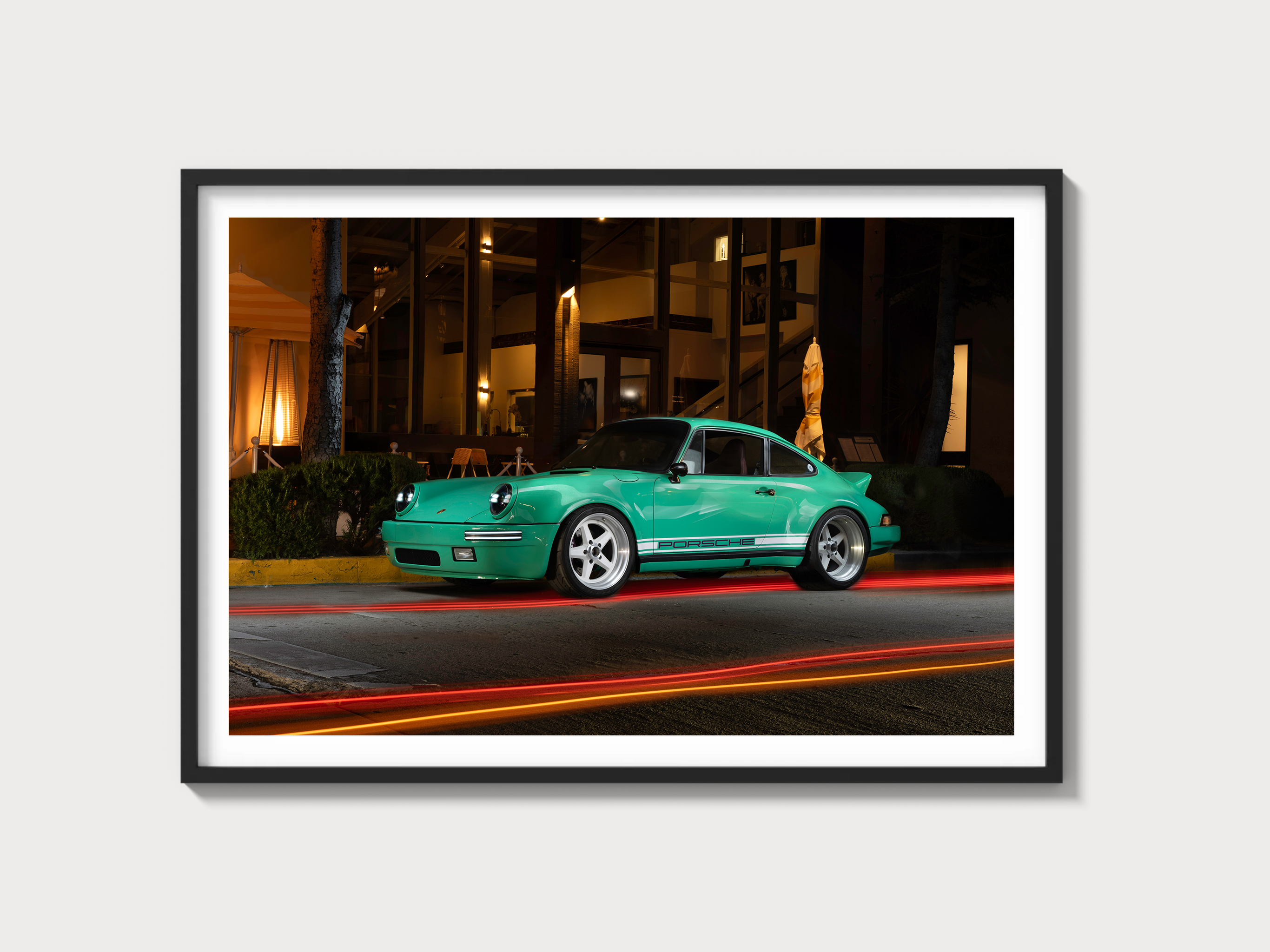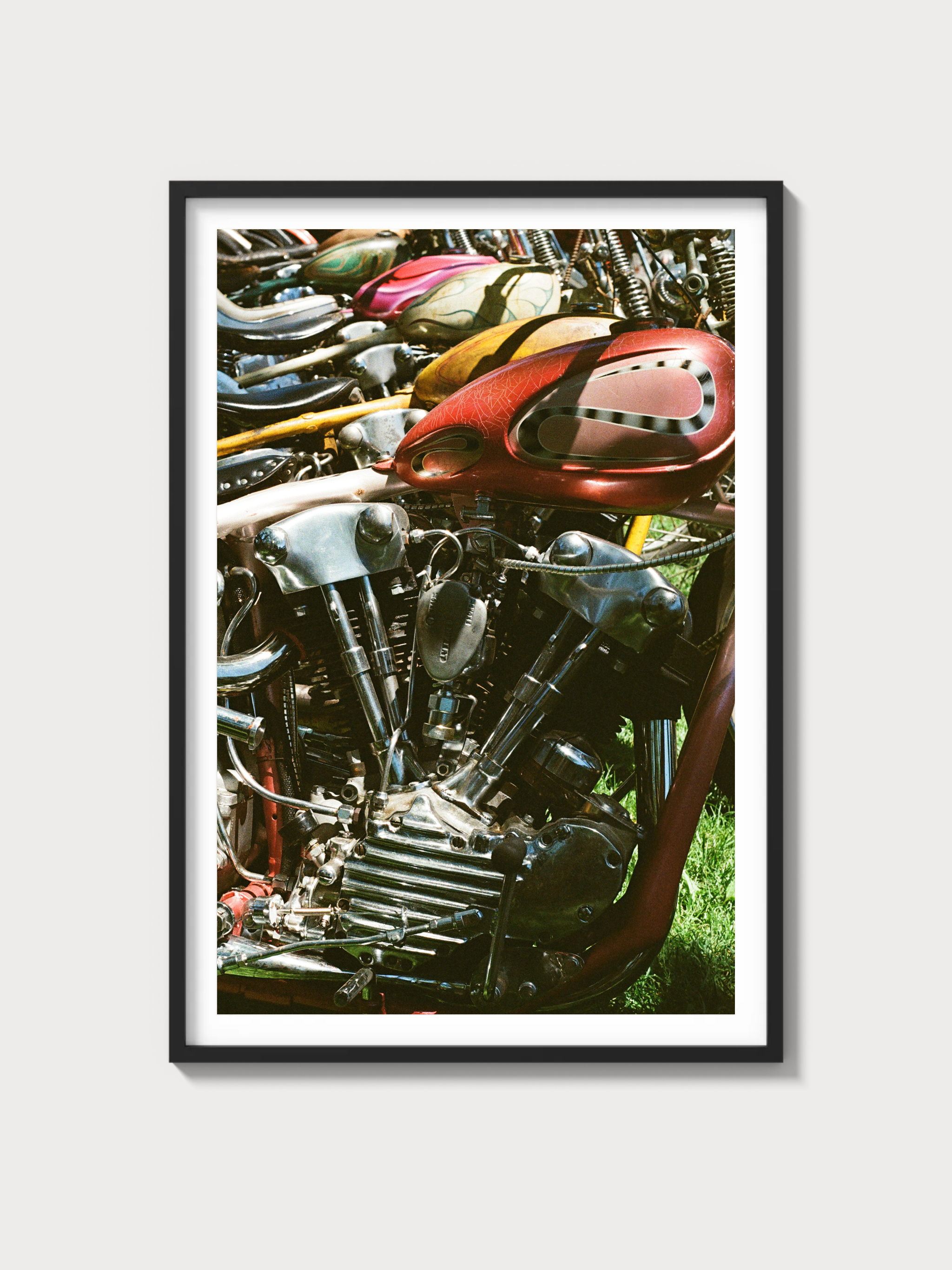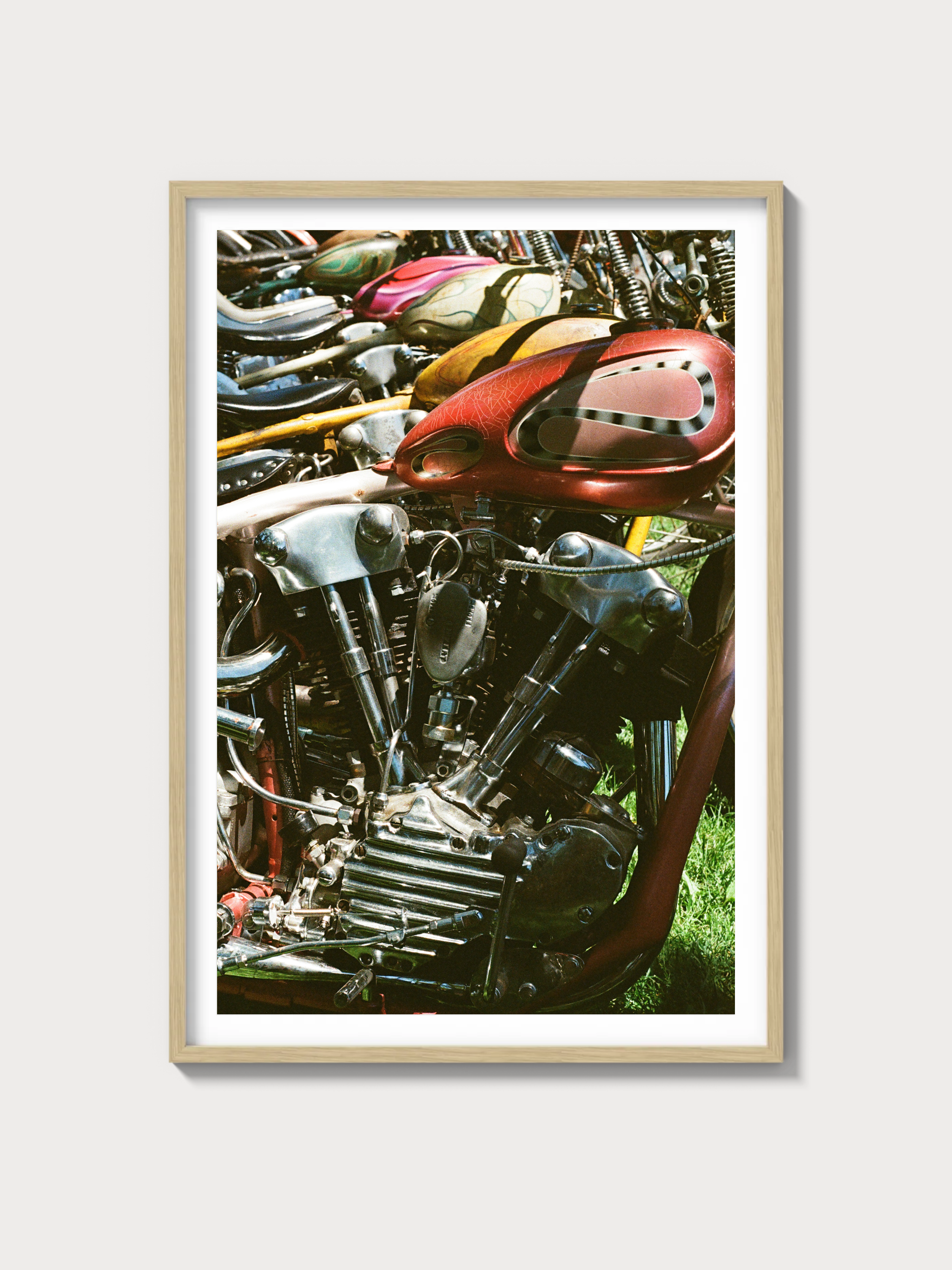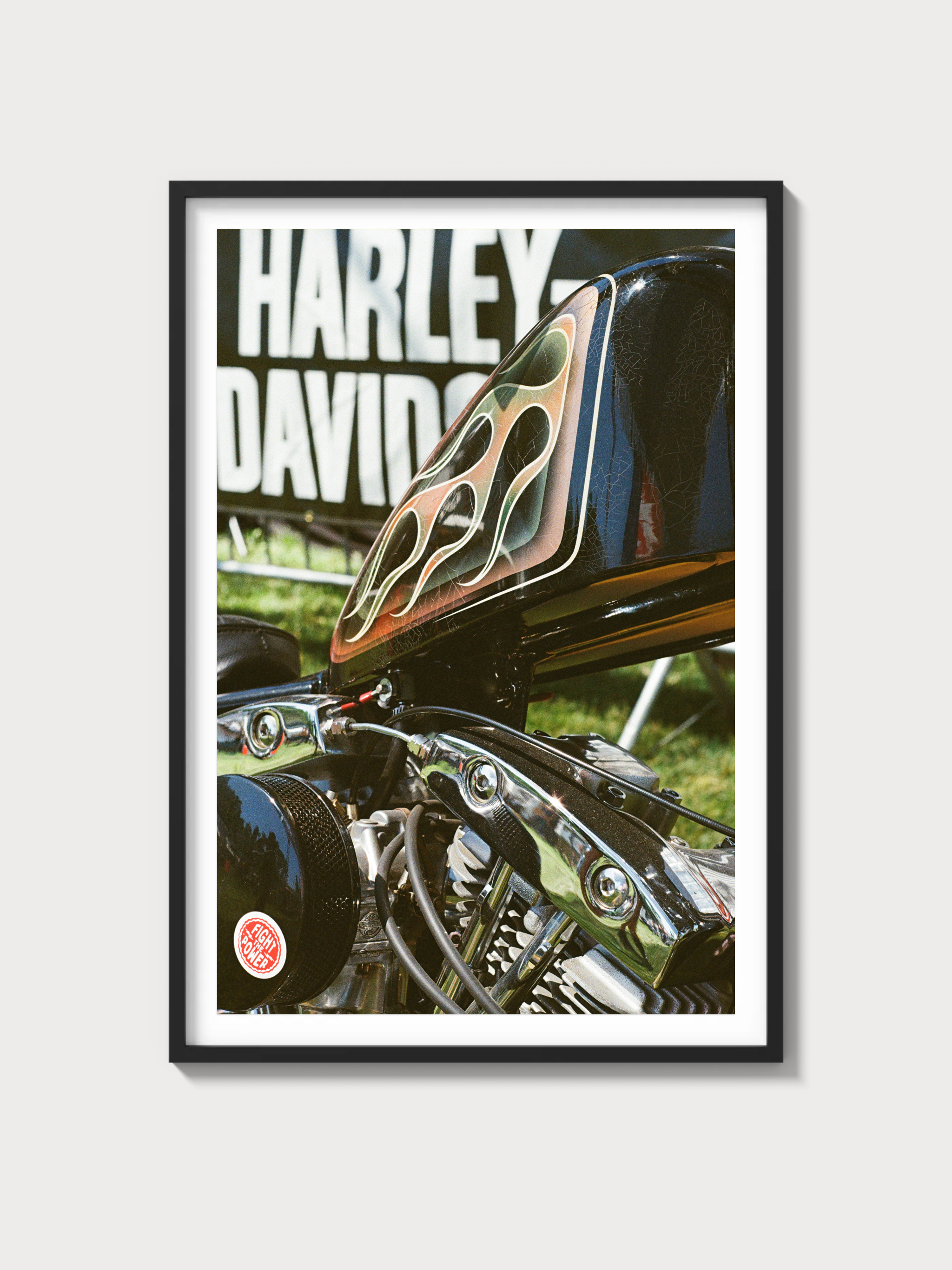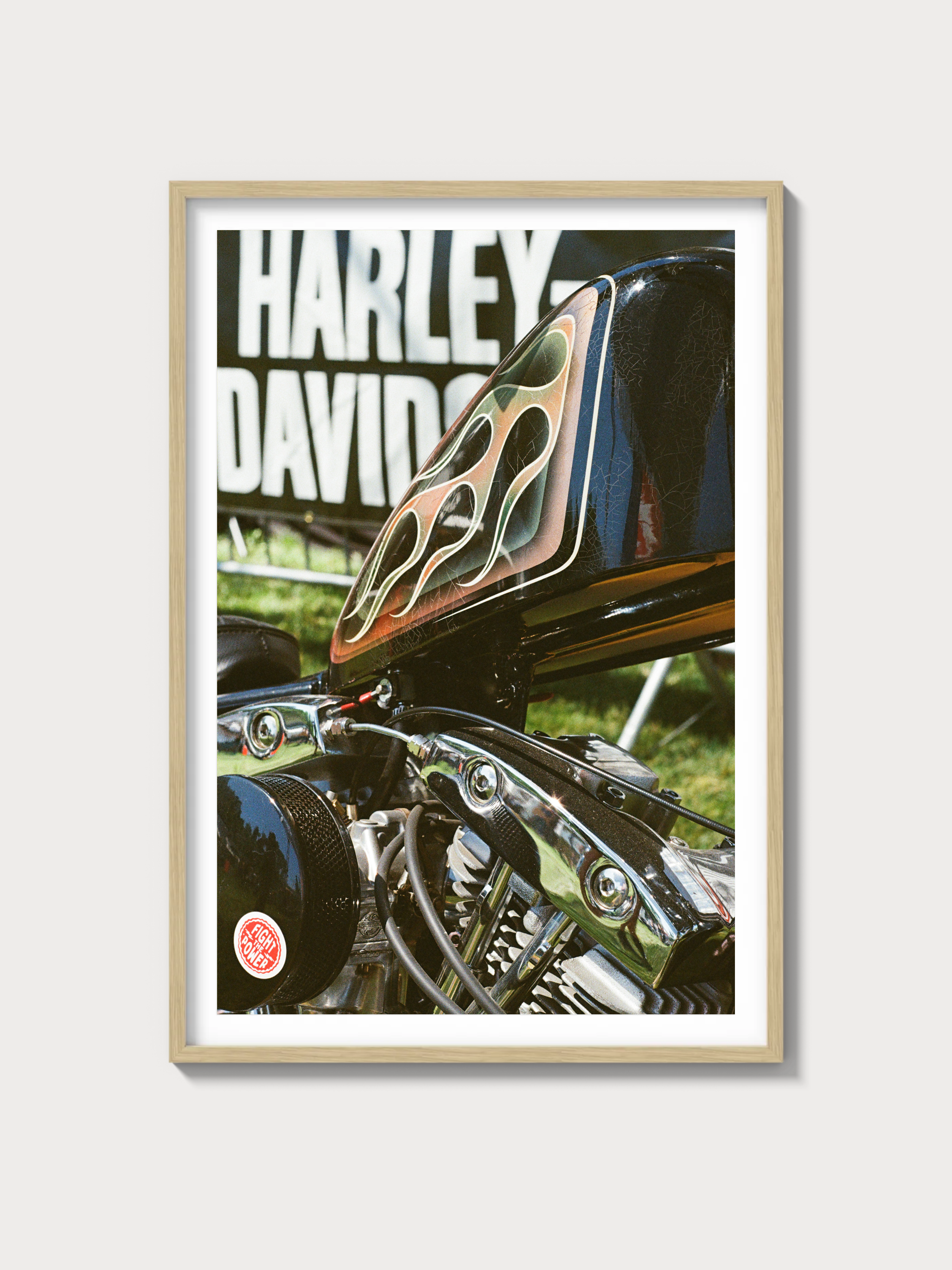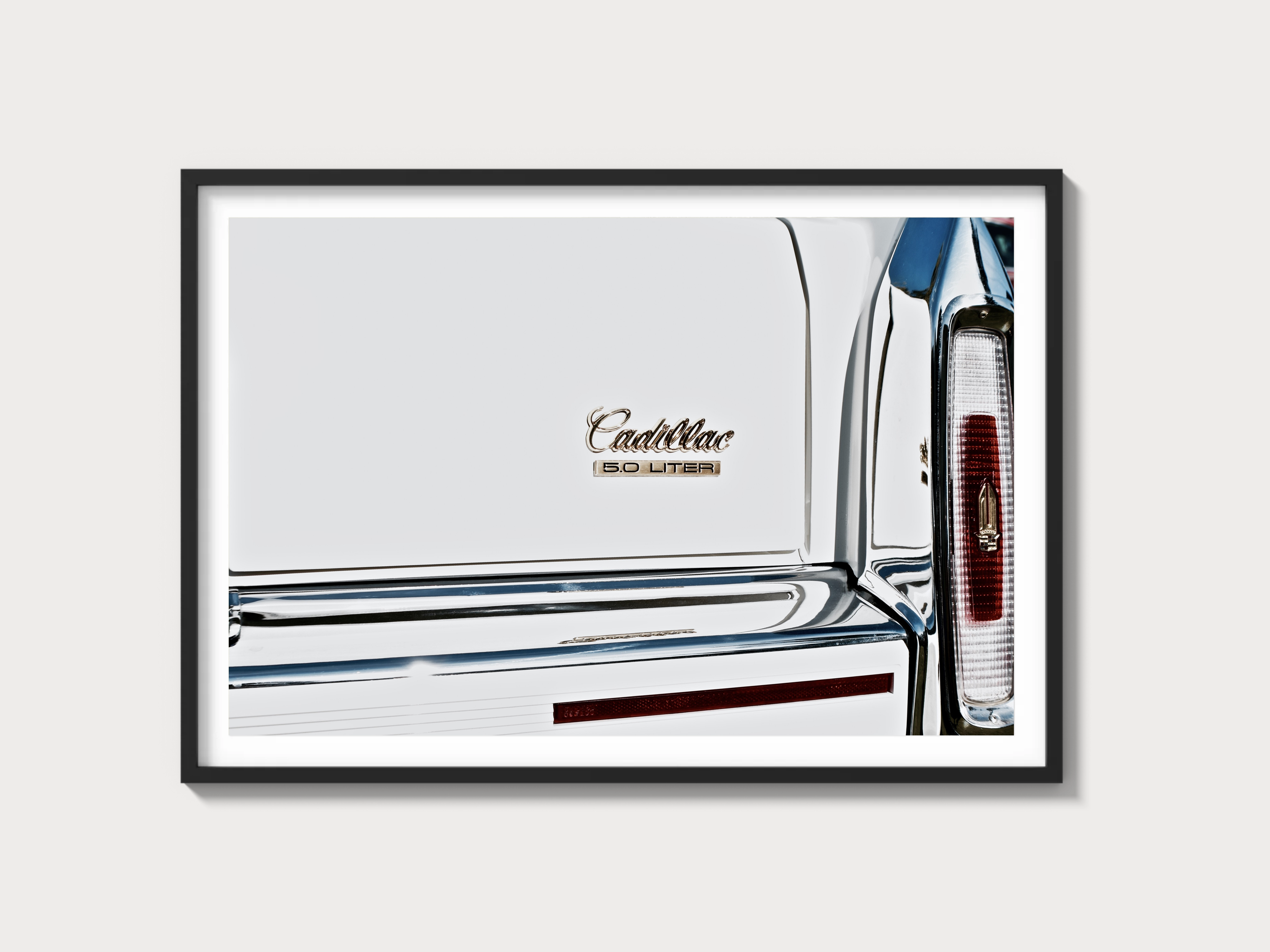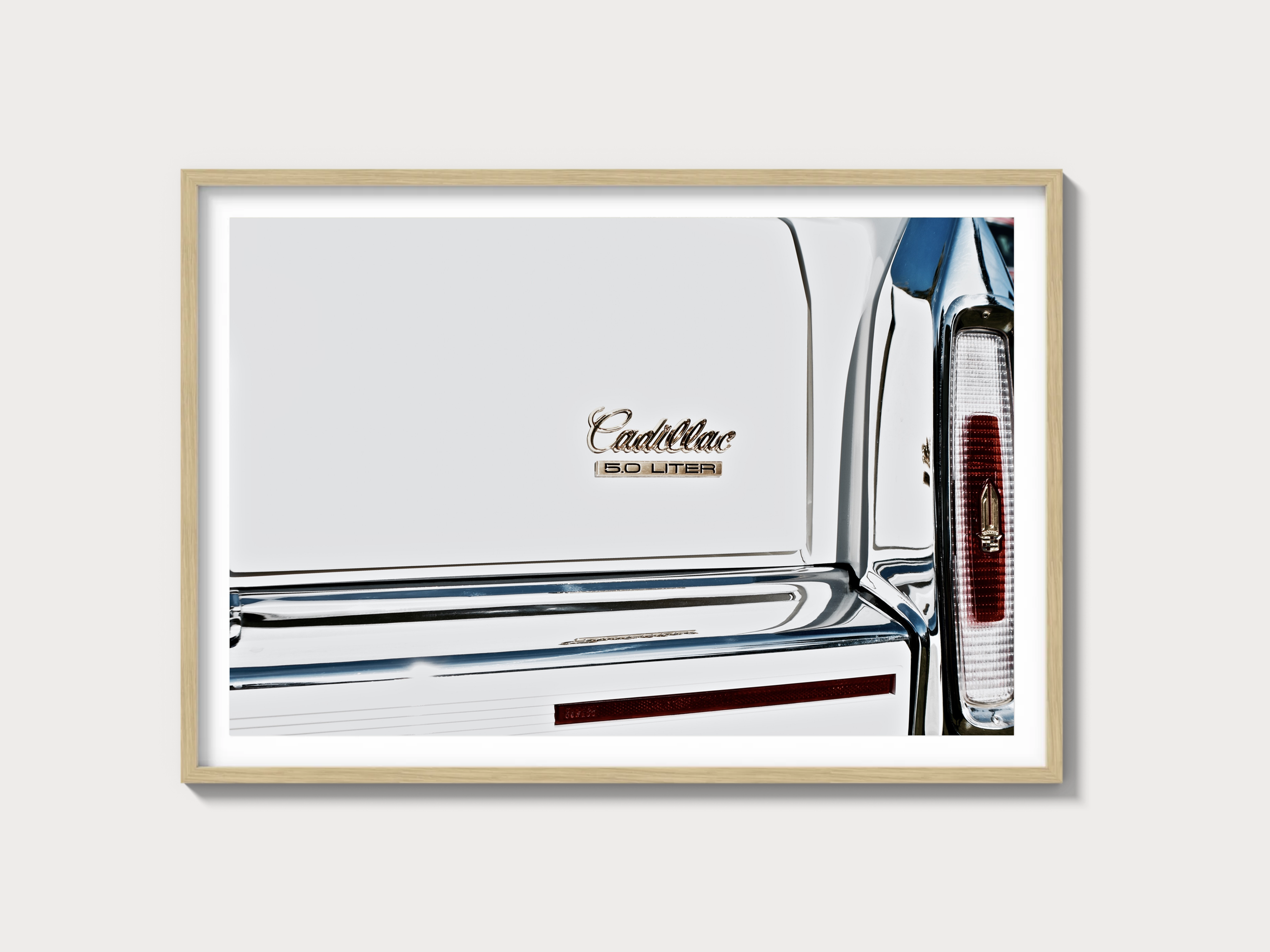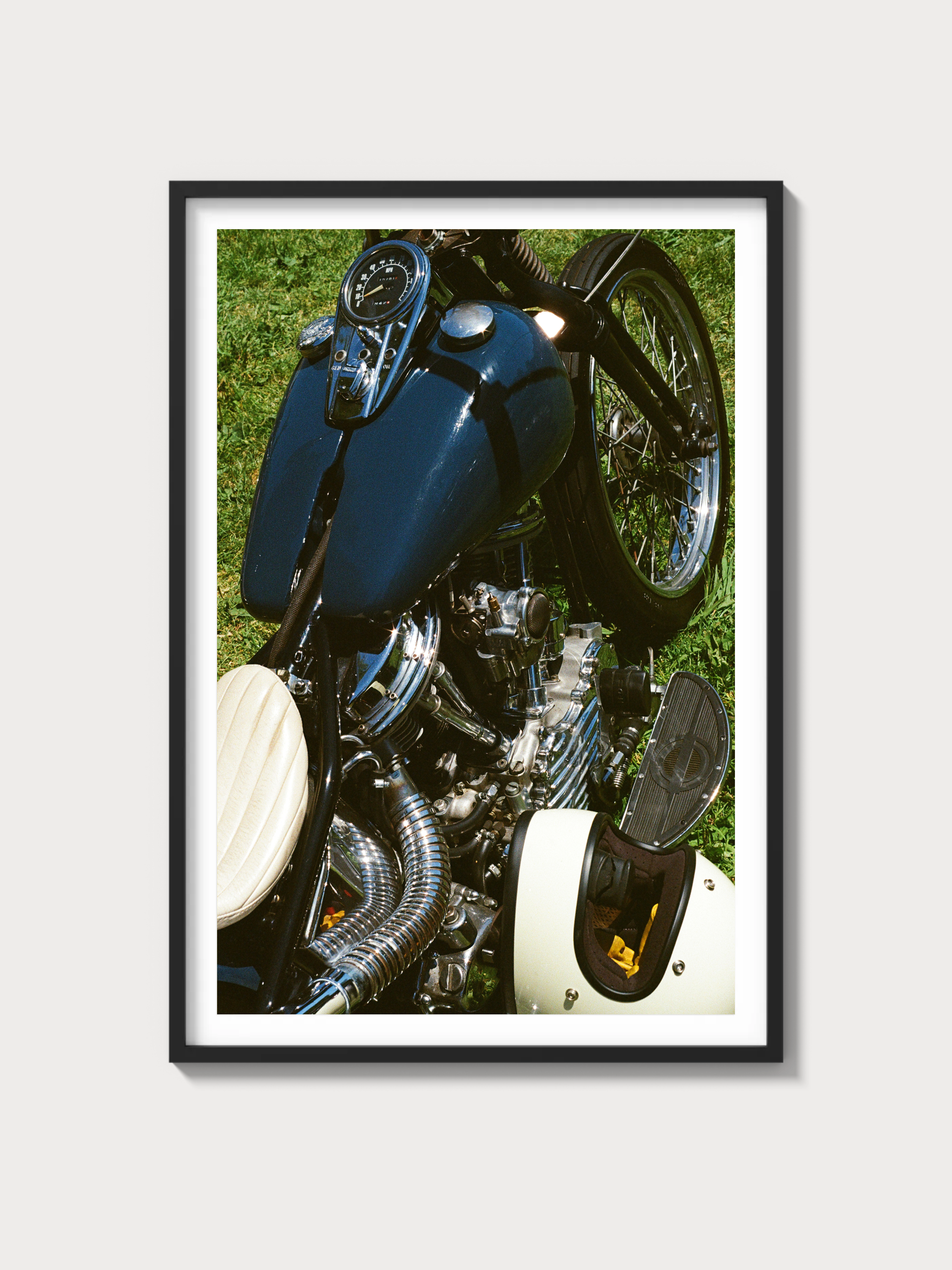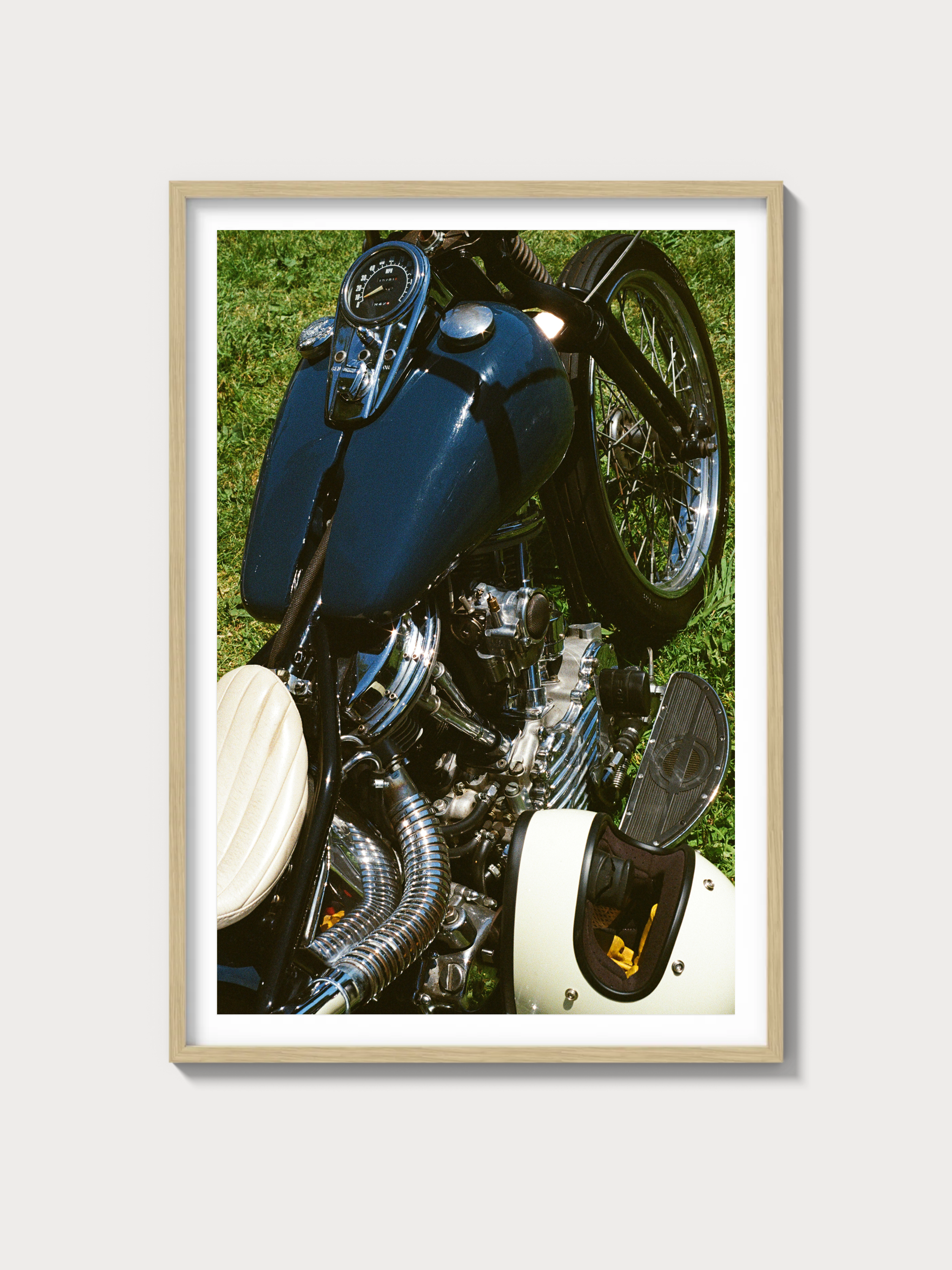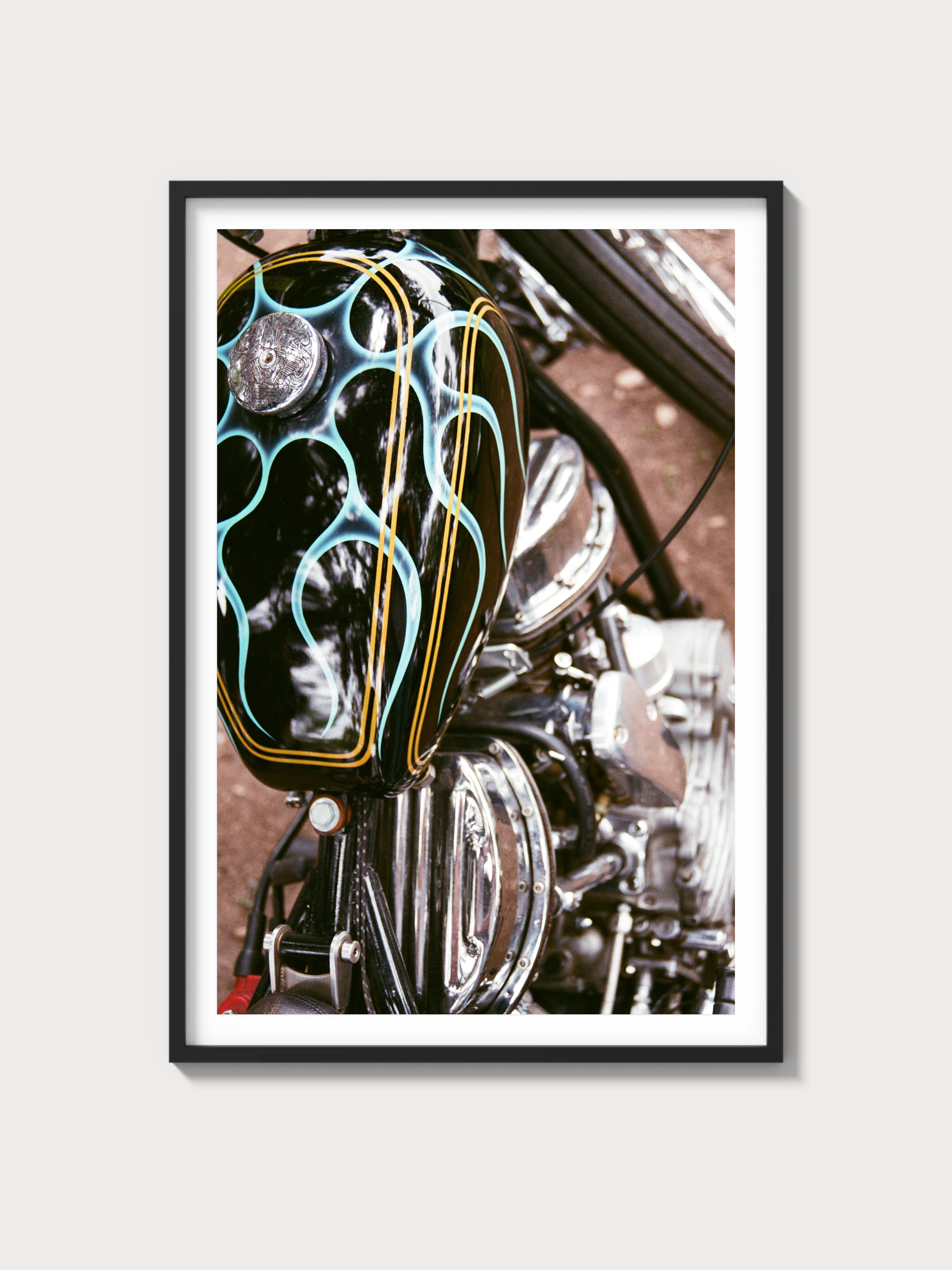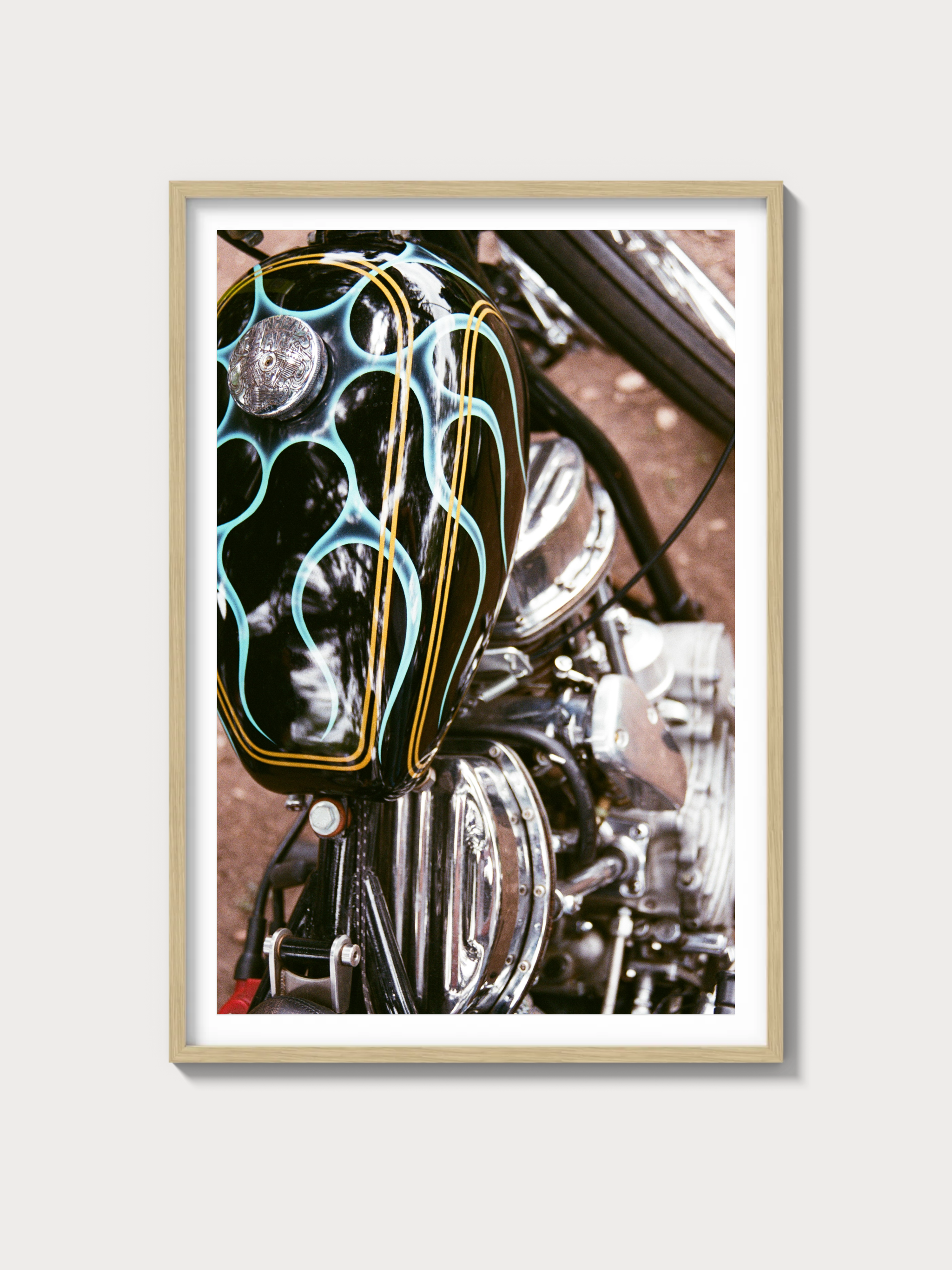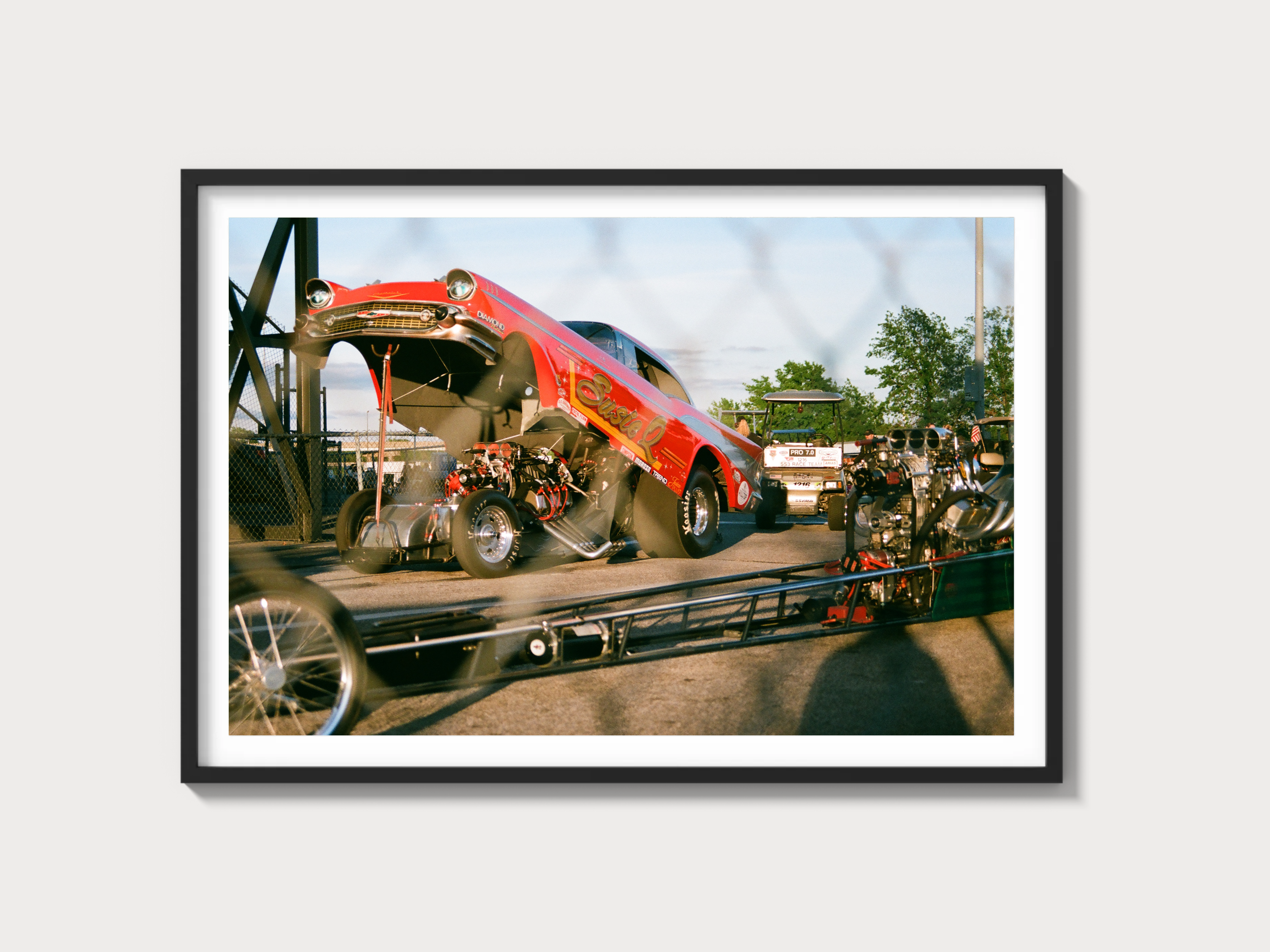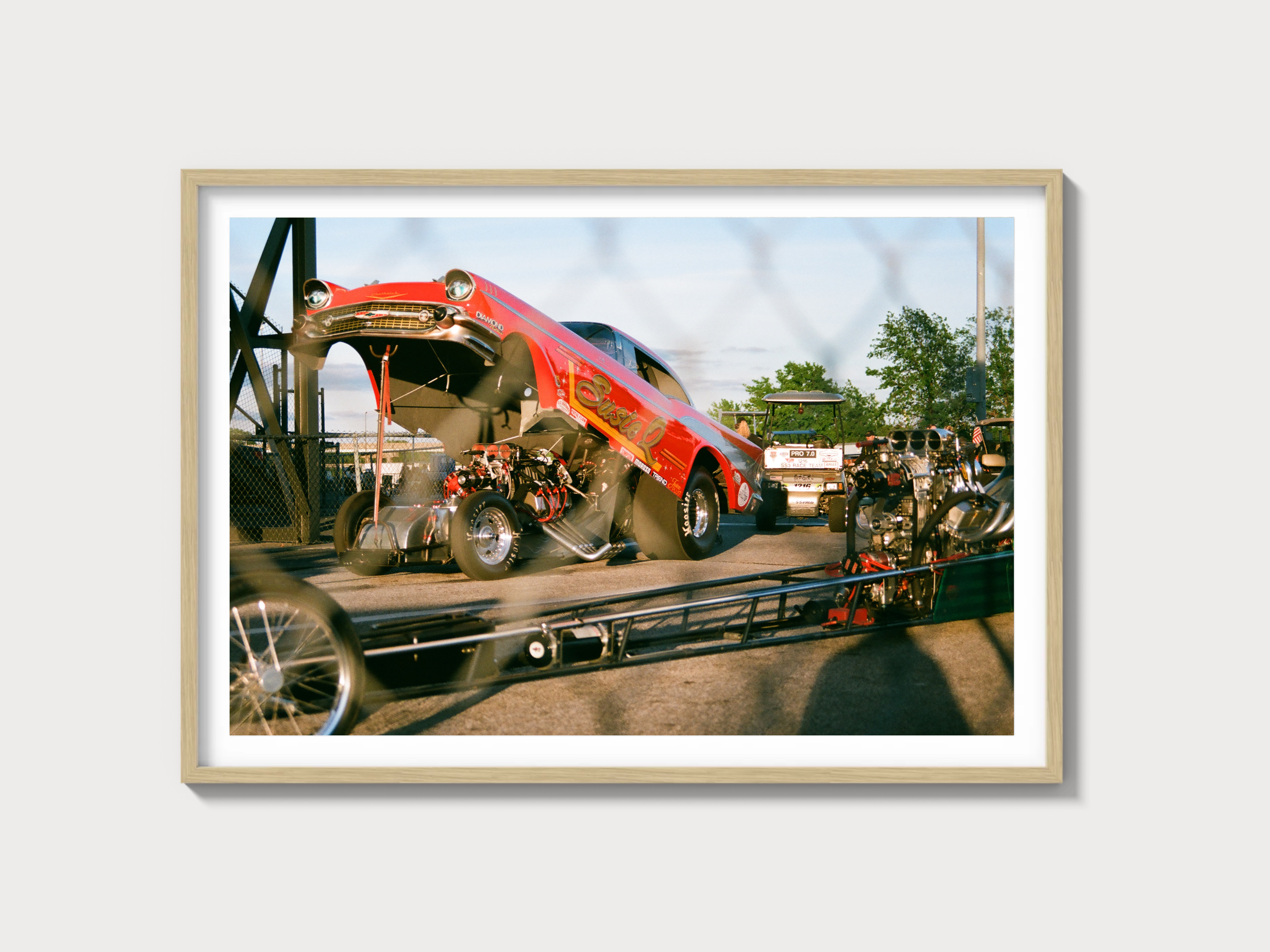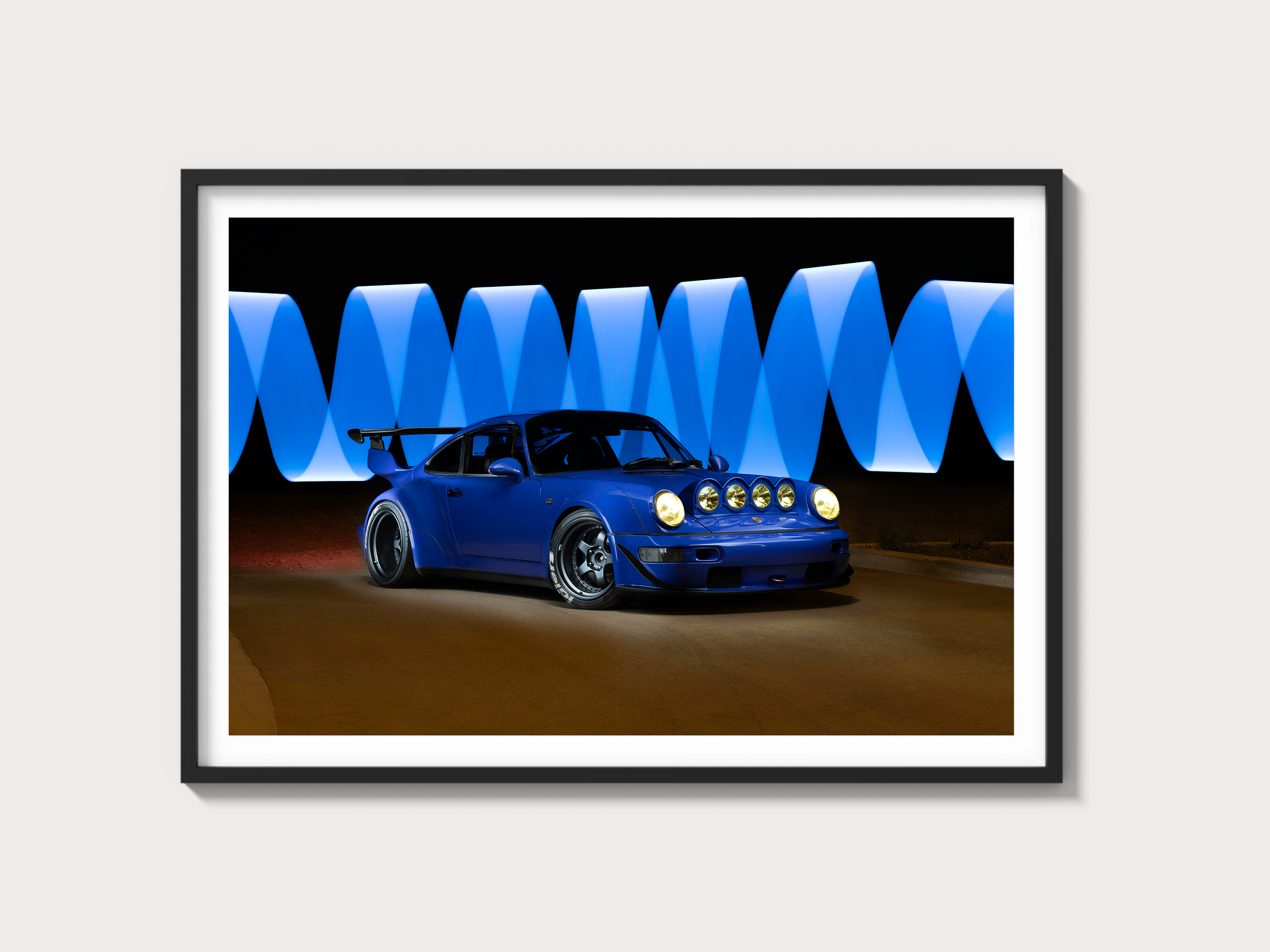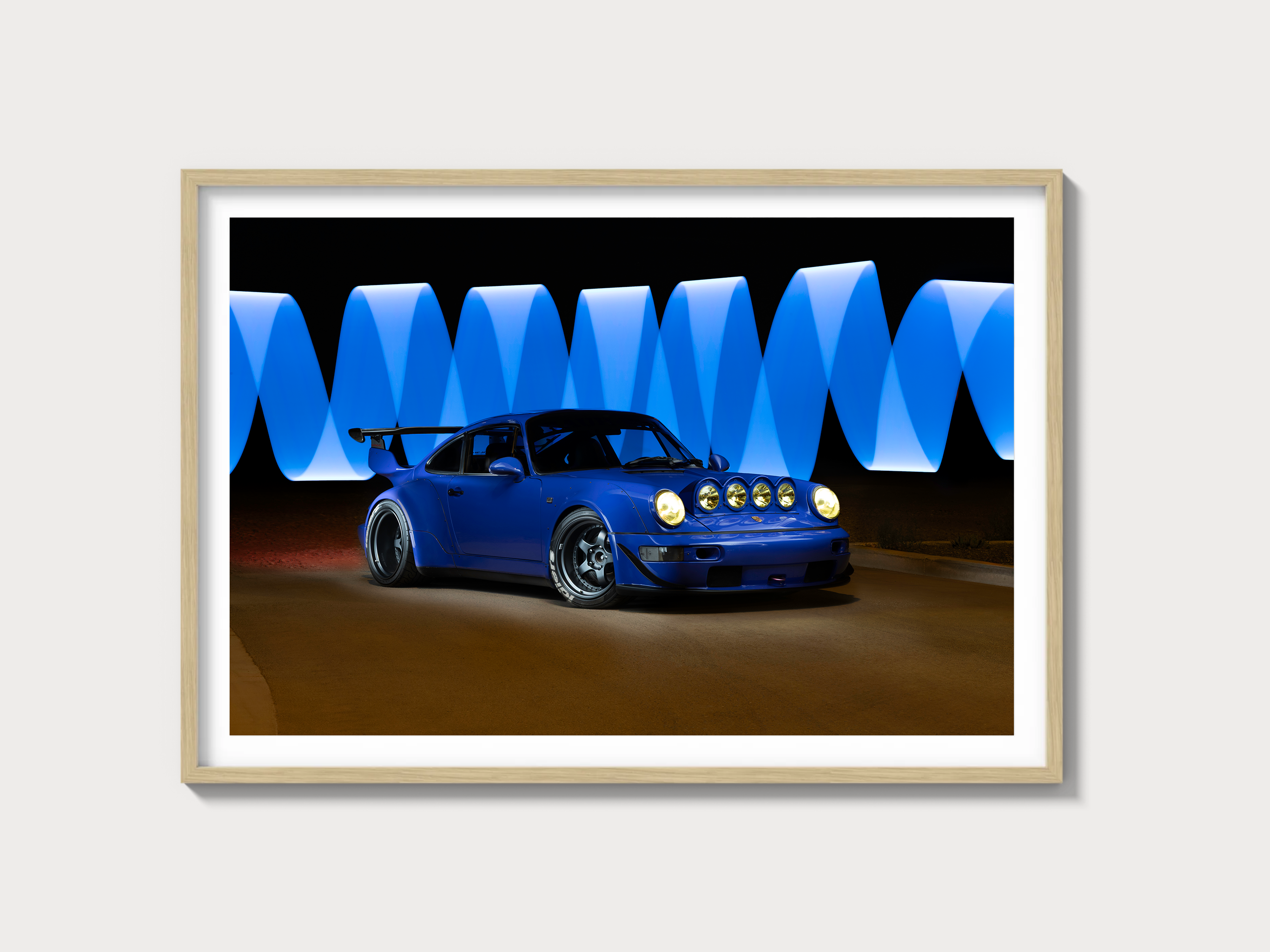The 1984–1990 Ford Bronco II: Compact SUV Pioneer
Historical Context and Development Background
The Ford Bronco II, introduced in 1984, emerged during a time when the automotive world was experiencing a shift towards smaller, more efficient vehicles. As a compact SUV, the Bronco II was designed to capture the essence of the larger Bronco while catering to urban and suburban markets that demanded agility and economy. The development of the Bronco II was heavily influenced by Ford's desire to compete with other compact SUVs like the Chevrolet S-10 Blazer and Jeep Cherokee. It was built on the Ranger platform, providing a rugged yet manageable size for both off-road enthusiasts and daily commuters.
Engine and Technical Specifications
| Specification | Details |
|---|---|
| Engine Configuration | V6 |
| Displacement | 2.8L |
| Horsepower | 115 hp |
| Induction Type | Naturally Aspirated |
| Redline | 5500 RPM |
| Fuel System | Carbureted |
| Compression | 9.0:1 |
| Bore/Stroke | 93 mm x 68 mm |
Driving Experience and Handling Dynamics
The Bronco II offered a unique driving experience for its time, with a suspension setup that balanced off-road capability with on-road comfort. Equipped with a twin I-beam front suspension, it provided a robust ride, albeit with noticeable body roll typical of SUVs of its era. The manual transmission was standard, ensuring driver engagement, while the optional automatic gearbox allowed for ease of use in urban environments. The throttle response was moderate, characteristic of the naturally aspirated V6 engine.
Full Performance Specifications
| Performance Metric | Specification |
|---|---|
| 0-60 mph | 12.5 seconds |
| Top Speed | 90 mph |
| Quarter Mile | 19.0 seconds |
| Weight | 3,300 lbs |
| Layout | Front Engine, 4WD |
| Brakes | Disc/Drum |
| Suspension | Twin I-Beam/Twin Trailing Arm |
| Gearbox Type | Manual/Automatic |
Variant Breakdown
- Base Model: The standard version with essential features and manual transmission.
- XLT: Featured upgraded interiors and exterior trims, with options for the automatic gearbox.
- Eddie Bauer Edition: Luxurious variant with exclusive color schemes and enhanced interiors.
Ownership Notes
The Bronco II, while a rugged companion, requires attention to regular maintenance. Owners should prioritize checking the drivetrain and suspension components due to their off-road use. Parts availability remains decent, thanks to shared components with the Ranger. Restoration is moderately challenging, largely due to body parts and specific trims. Routine service intervals are essential to maintain reliability.
Cultural Relevance
The Bronco II has carved a niche in automotive culture, often featured in period films and TV shows as a symbol of 1980s ruggedness. Its desirability among collectors has grown, with auction prices reflecting its nostalgic and practical appeal. Though it never achieved a significant racing legacy, the Bronco II's off-road capabilities remain celebrated.
Frequently Asked Questions
- Is the Bronco II reliable? The Bronco II can be reliable with proper maintenance, though its age necessitates regular checks.
- What are common problems with the Bronco II? Suspension wear, drivetrain issues, and rust are common concerns.
- How does the Bronco II hold its value? Its value remains stable, with well-preserved models fetching premiums at auctions.
- What are the engine specifications of the Bronco II? It features a 2.8L V6 engine with 115 hp.








